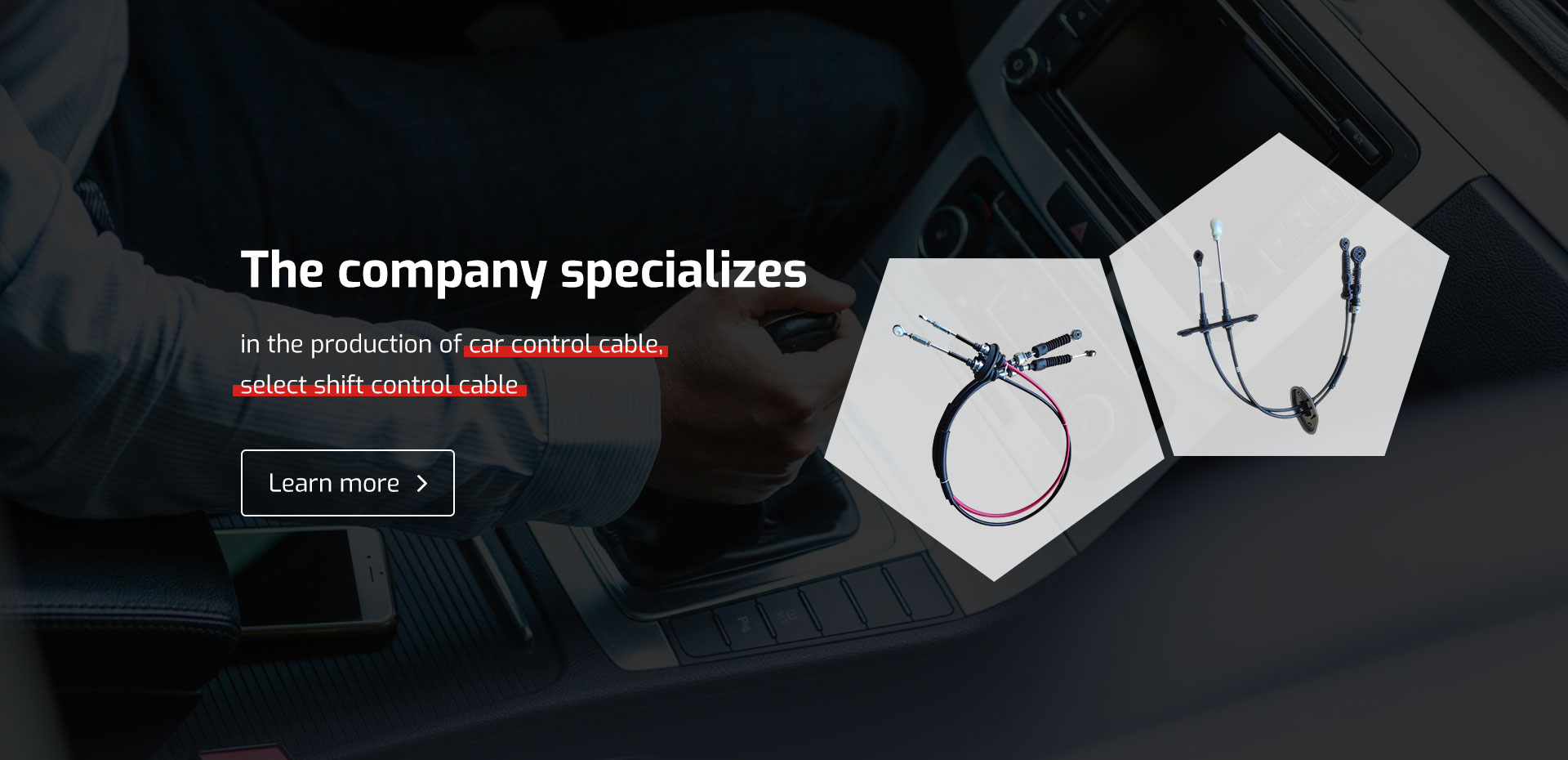Understanding the Function and Importance of the Emergency Brake Line in Vehicles
Understanding E-Brake Lines Essential Components for Vehicle Safety
The emergency brake, commonly referred to as the e-brake, is a crucial component of a vehicle's braking system. While most drivers understand the basic function of the e-brake, many may not realize the importance and intricacies of the e-brake line associated with it. In this article, we will delve into what e-brake lines are, their significance, and maintenance tips that ensure optimal vehicle performance and safety.
What is an E-Brake Line?
The e-brake line is the cable that connects the e-brake lever—often found between the front seats—to the actual braking mechanisms at the rear wheels. Typically constructed from durable materials like steel, these lines are designed to withstand significant tension and pressure. When the driver pulls the e-brake lever, the line engages the rear brake shoes or discs, effectively locking the rear wheels and preventing the vehicle from rolling when parked or in emergencies.
Importance of E-Brake Lines
The e-brake line plays a critical role in vehicle safety. One of its primary functions is to secure the vehicle when it's parked, especially on inclines. An adequately functioning e-brake ensures that the car remains immobilized and reduces the risk of accidents caused by unintended movement. Furthermore, in emergency situations, the e-brake can serve as an essential tool to bring a vehicle to a stop when the main brake system fails.
Symptoms of E-Brake Line Issues
Like any vehicle component, e-brake lines can wear out or sustain damage over time. Some common symptoms that indicate a problem with the e-brake line include
1. Difficulty Engaging or Releasing the E-Brake If the lever feels stiff or requires excessive force to pull, it may signal a problem with the line. 2. Brake Warning Light Illuminated This dashboard light can indicate issues with the entire braking system, including the e-brake line.
3. Unusual Noises Hearing grinding or squeaking sounds when engaging the e-brake could suggest that the line or related components are compromised.
e brake line

4. Vehicle Rolling on an Incline If your vehicle rolls slightly when parked with the e-brake engaged, it could mean the line is malfunctioning.
Maintenance and Care
Regular maintenance of e-brake lines is essential for ensuring their longevity and safety. Here are a few tips
1. Routine Inspections During regular vehicle maintenance, mechanics should check the condition of the e-brake lines for wear and tear.
2. Proper Adjustment E-brake lines should be properly adjusted to ensure effective engagement. A qualified technician can make these adjustments as needed.
3. Keep it Clean Dirt and debris can interfere with the e-brake line's functionality. Keeping the undercarriage clean can help prevent potential issues.
4. Replace When Necessary If any signs of damage or wear are observed, it’s essential to replace the e-brake line promptly to maintain safety and functionality.
Conclusion
Understanding the role of e-brake lines in your vehicle is vital for maintaining correct braking functions and ensuring your safety on the road. Regular inspections and maintenance of this system can help prevent issues, ensuring that your emergency braking system operates effectively when needed. Always consult with a professional mechanic if you suspect any problems with your e-brake line, and prioritize this often-overlooked aspect of vehicle care.
-
Workings of Clutch Pipe and Hose SystemsNewsJun.04,2025
-
The Inner Workings of Hand Brake Cable SystemsNewsJun.04,2025
-
The Secrets of Throttle and Accelerator CablesNewsJun.04,2025
-
The Hidden Lifeline of Your Transmission Gear Shift CablesNewsJun.04,2025
-
Demystifying Gear Cables and Shift LinkagesNewsJun.04,2025
-
Decoding Clutch Line Systems A Comprehensive GuideNewsJun.04,2025
